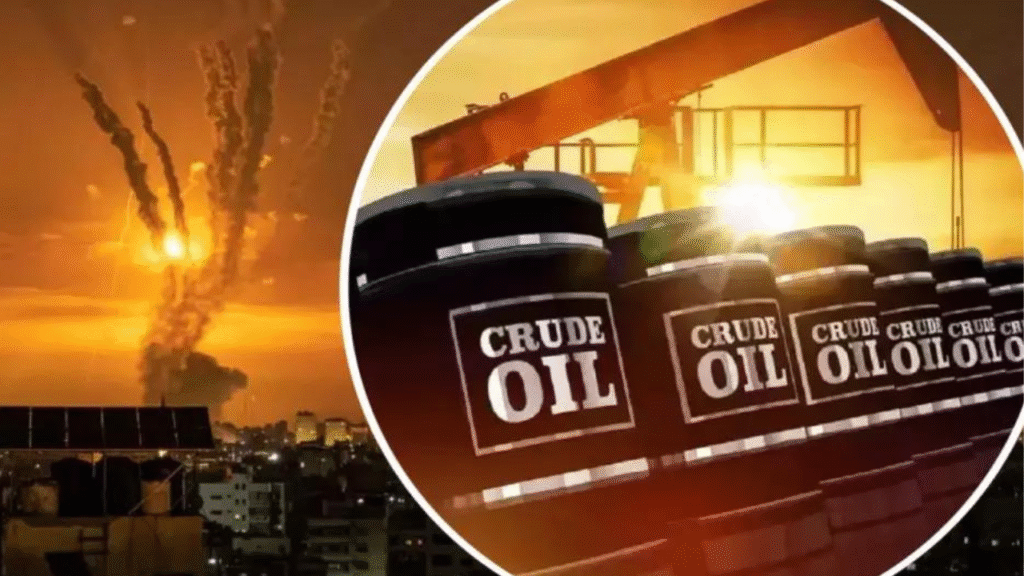The unexpected Israeli strike on Iran—a key oil-producing nation—has raised concerns about its potential to derail already fragile global economic growth and hinder central banks’ ability to respond in an uncertain market. Iran currently exports up to 2 million barrels of oil and refined products per day, mostly to China due to longstanding sanctions. While a sudden loss of these exports—equivalent to around 2% of global supply—would normally trigger panic, OPEC’s ongoing reversal of earlier COVID-era production cuts has created a significant spare capacity of at least 4 million barrels per day, largely held by Saudi Arabia and the UAE. Additionally, the International Energy Agency (IEA) has over 1.2 billion barrels in emergency reserves across OECD nations, with China also holding substantial, though less transparent, stockpiles.

Further easing immediate concerns is the fact that nearly 40 million barrels of Iranian oil remain unsold on tankers near China, due to declining industrial activity and reduced fuel demand driven by electric vehicle adoption. China’s refinery output fell 1.8% year-on-year in May, with no strong recovery in sight. Moreover, the IEA projects global oil production will outpace demand by 1.8 million barrels per day—significantly above its previous estimate—indicating a sizable surplus. While oil prices briefly spiked by US$10 after the attack, they have since stabilized, suggesting that markets are still gauging the risk of further escalation.
China’s behavior in the oil market may also offer clues about the perceived severity of the crisis. It previously declined to purchase excess Iranian crude at US$65 per barrel and has yet to indicate interest even as prices hover around US$75. Other Asian importers are quickly turning to alternative sources, including West Africa and the US. This, combined with existing surplus capacity and subdued demand, has helped contain oil price volatility—at least for now. However, if tensions escalate, especially through the disruption of key shipping routes, the impact on global inflation and energy costs could intensify.
Should Iran retaliate by attempting to block the Strait of Hormuz—a crucial channel for nearly 20 million barrels of daily oil shipments global markets could face sharper disruptions. While some of this oil can be rerouted via pipelines like Saudi Arabia’s East-West link or the UAE’s alternative to Fujairah, the cost of shipping and insurance has already surged, with premiums for tankers up 60% since the conflict began. The World Bank has lowered its global growth forecast to 2.3% for 2025, warning of the slowest decade of growth since the 1960s. Combined with inflation fears, rising bond yields, lingering tariffs from Trump-era trade policies, and weakening economies in regions like the UK, the conflict—though not yet a full-blown oil crisis—could further strain global living standards and economic stability.













